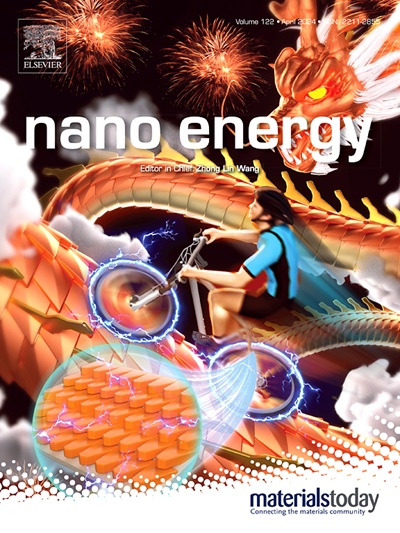Integrated optimization design with inherent element behaviors for bulk and surface stability towards 4.7 V LiCoO2 cathode
IF 17.1
1区 材料科学
Q1 CHEMISTRY, PHYSICAL
引用次数: 0
Abstract
LiCoO2 (LCO) cathode with higher energy density can be harvested through raising its upper cut-off voltage to 4.7 V (vs. Li+/Li). However, such high-voltage operation exacerbates the bulk and surface instability of LCO, which is responsible for its rapid capacity decay at high voltages. Consequently, to address these issues, an integrated optimization design is reasonably proposed, which involves Mg/F/PO43- cooperative modulation for LCO (LCO-MFP) based on the inherent behaviors of these elements. Specifically, our theoretical calculations reveal the distinct distribution of Mg/F/PO43- (Mg pillaring, F doping and PO43- coating), which is rooted in their innate occupancy propensity. Consistent with our theoretical results, it is experimentally discerned that Mg and F atoms prefer to enter Li layer and O framework of LCO, respectively, whereas PO43- gravitates towards enrichment on the surface, thereby stabilizing bulk structure, hampering the lattice O/Co evolution and enhancing surface stability. The resulting integrated optimized LCO-MFP cathode can achieve an excellent capacity retention of 81.0 % at 4.7 V after 200 cycles. This integrated optimization design is anticipated to pave the way for selecting appropriate modification elements with their intrinsic properties for high-voltage LCO cathode.

综合优化设计与固有元素行为,实现 4.7 V 钴酸锂阴极的体积和表面稳定性
通过将钴酸锂(LCO)的上限截止电压提高到 4.7 V(相对于 Li+/Li),可以获得能量密度更高的钴酸锂(LCO)阴极。然而,这种高电压操作会加剧钴酸锂的块体和表面不稳定性,从而导致其容量在高电压下快速衰减。因此,为了解决这些问题,我们根据 LCO 的 Mg/F/PO43- 固有行为,合理地提出了一种集成优化设计,其中包括 LCO 的 Mg/F/PO43- 协同调制(LCO-MFP)。具体来说,我们的理论计算揭示了 Mg/F/PO43-(镁支柱、F 掺杂和 PO43-涂层)的独特分布,这源于它们与生俱来的占有倾向。与我们的理论结果一致,实验结果表明,镁原子和 F 原子更倾向于分别进入 LCO 的锂层和 O 框架,而 PO43- 则更倾向于富集于表面,从而稳定了块体结构,阻碍了晶格中 O/Co 的演化并增强了表面稳定性。由此产生的集成优化 LCO-MFP 阴极在 4.7 V 下循环 200 次后可达到 81.0% 的出色容量保持率。这种集成优化设计有望为高压 LCO 阴极选择具有其固有特性的适当改性元素铺平道路。
本文章由计算机程序翻译,如有差异,请以英文原文为准。
求助全文
约1分钟内获得全文
求助全文
来源期刊

Nano Energy
CHEMISTRY, PHYSICAL-NANOSCIENCE & NANOTECHNOLOGY
CiteScore
30.30
自引率
7.40%
发文量
1207
审稿时长
23 days
期刊介绍:
Nano Energy is a multidisciplinary, rapid-publication forum of original peer-reviewed contributions on the science and engineering of nanomaterials and nanodevices used in all forms of energy harvesting, conversion, storage, utilization and policy. Through its mixture of articles, reviews, communications, research news, and information on key developments, Nano Energy provides a comprehensive coverage of this exciting and dynamic field which joins nanoscience and nanotechnology with energy science. The journal is relevant to all those who are interested in nanomaterials solutions to the energy problem.
Nano Energy publishes original experimental and theoretical research on all aspects of energy-related research which utilizes nanomaterials and nanotechnology. Manuscripts of four types are considered: review articles which inform readers of the latest research and advances in energy science; rapid communications which feature exciting research breakthroughs in the field; full-length articles which report comprehensive research developments; and news and opinions which comment on topical issues or express views on the developments in related fields.
 求助内容:
求助内容: 应助结果提醒方式:
应助结果提醒方式:


